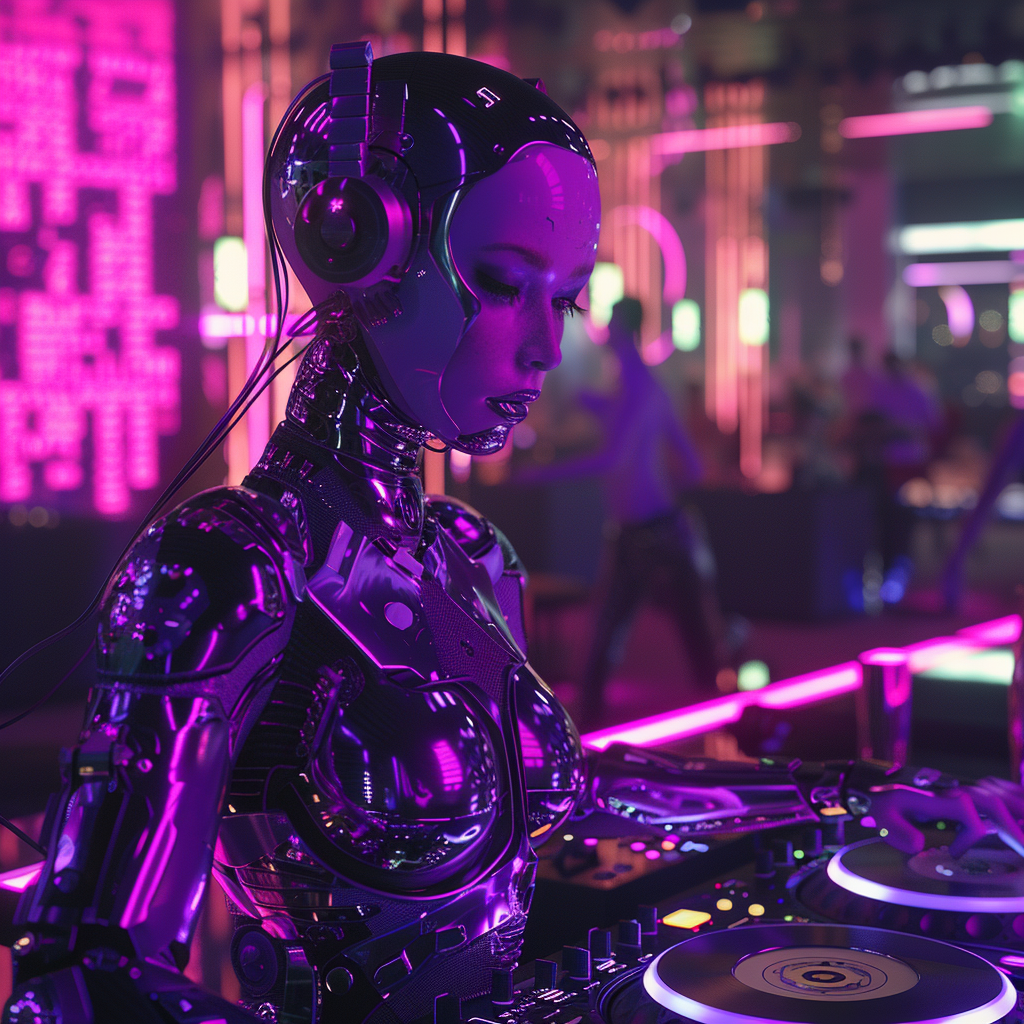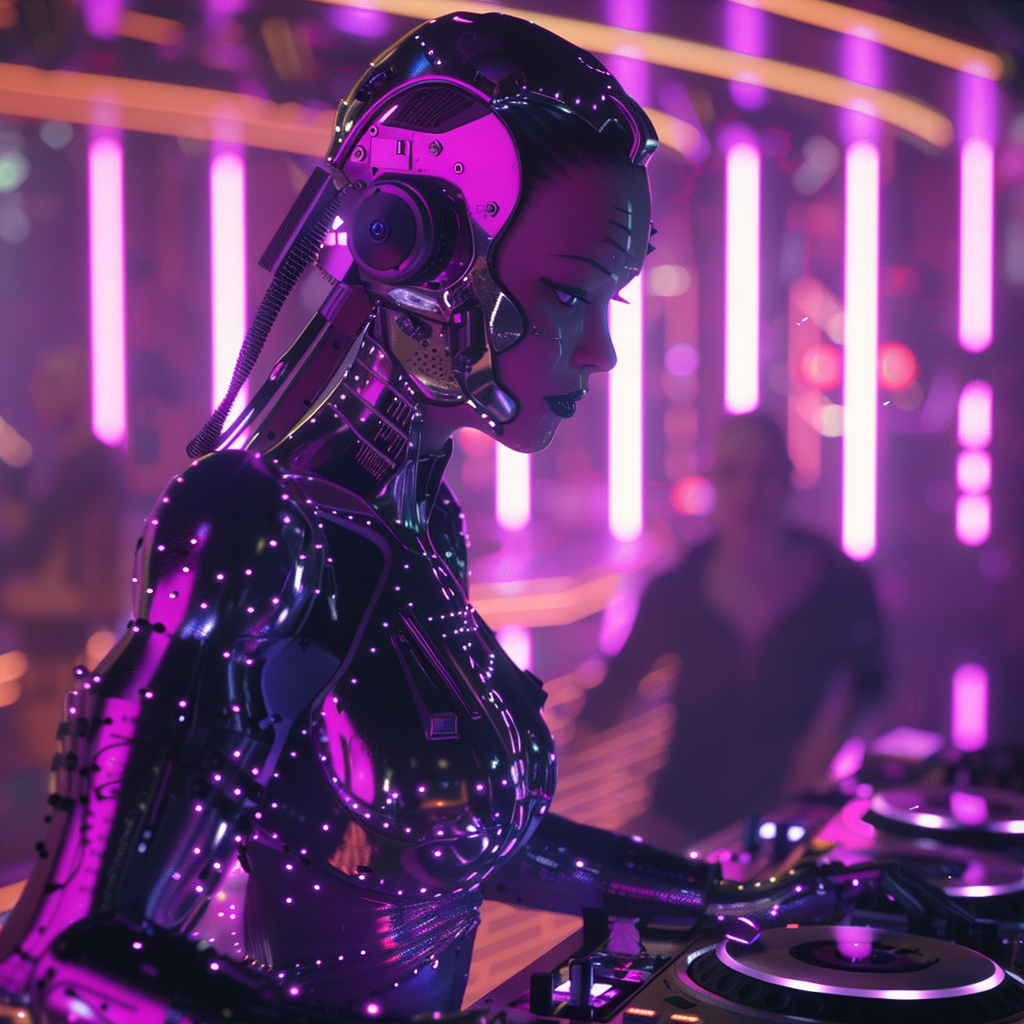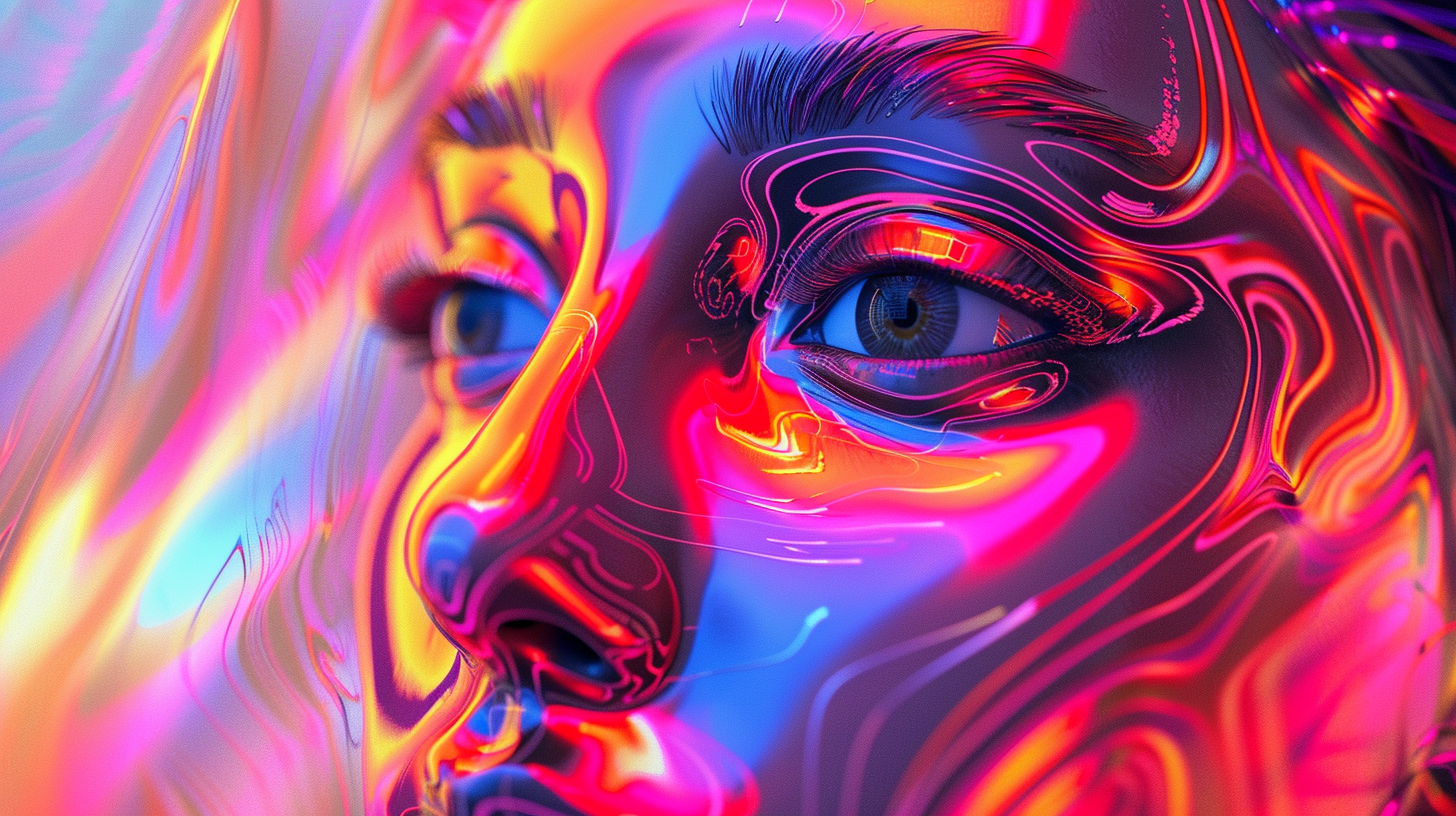TL;DR:
- Udio, a groundbreaking AI music generator, lets users create up to 1,200 songs monthly from text prompts.
- AI music generators face controversy over potential copyright infringement and artists’ rights.
- Asia leads in AI and AGI developments, with China dominating AI patents and South Korea creating human-like AGI assistants.
Introduction:
Artificial Intelligence (AI) and Artificial General Intelligence (AGI) are reshaping industries worldwide, and music is no exception. The recent launch of Udio, an AI music generator, has caught the attention of music enthusiasts and tech experts alike. Meanwhile, Asia has emerged as a hub for AI and AGI advancements, with tech companies driving innovation and raising important questions about the future of these technologies.
Founded by former Google Deepmind researchers, Udio enables users to create up to 1,200 songs per month for free using simple text prompts or selected genre and mood tags. The AI-powered platform generates unique songs based on user inputs, offering options for auto-generated lyrics, instrumentals, or manually entered lyrics. Udio’s co-founder and CEO, David Ding, believes the platform empowers everyone to create awe-inspiring songs in just moments.
How Udio Works and Its Impact on Music Creation
Udio’s AI breaks music into discrete units called “tokens” and learns to predict which tokens should be combined in what order to create new compositions that satisfy a text prompt. This process makes it easy for anyone to create music, regardless of their musical background.
“Udio enables everyone from classically trained musicians to those with pop star ambitions to hip hop fans to people who just want to have fun with their friends to create awe-inspiring songs in mere moments.”
David Ding, co-founder and CEO of Udio
The Controversy Surrounding AI Music Generators
AI music generators face controversy, as they can produce songs that sound similar to real artists, potentially infringing on copyrights and artists’ rights. Some platforms even allow users to choose AI clones of specific artists’ voices for their creations. Lawmakers are working on legislation, such as the No AI FRAUD Act, to address these concerns and protect artists’ rights.
Asia’s Leading Role in AI and AGI Advancements
Asia has become a frontrunner in AI and AGI developments, with China leading the way in AI patent filings. Chinese tech giant Baidu has developed a deep learning framework, PaddlePaddle, to facilitate AI development. South Korea is also investing heavily in AI research, with companies like Kakao Brain creating human-like AGI assistants capable of understanding context and emotions.
Examples of AI and AGI Applications in Asia
- China’s Baidu uses AI for speech recognition, natural language processing, and autonomous driving.
- Kakao Brain in South Korea developed an AGI assistant with the ability to understand context and emotions.
- Japan’s Fanuc Corporation employs AI to improve industrial robot performance.
AI and AGI: A Double-Edged Sword for the Music Industry
While AI and AGI technologies offer exciting possibilities for music creation, they also raise concerns about copyright infringement and the devaluation of human artistry. Musicians, lawmakers, and tech companies must work together to navigate these challenges and ensure a balanced approach that fosters innovation while protecting artists’ rights.
Balancing Innovation and Artists’ Rights
Some artists and tech companies are exploring ways to embrace AI and AGI technologies while respecting artists’ rights. Google Deepmind’s Dream Track project, for example, collaborated with major label musicians to create short songs using AI-generated music and the artists’ voices with their permission. Udio is also in discussions with artists interested in leveraging its AI to make money and sought feedback from industry professionals during its development.
Embracing AI and AGI: Opportunities for Artists and Fans
Some artists are already using AI and AGI technologies to create new music or enable fans to engage with their work in novel ways. Pop artist Grimes built a website where users can create and distribute tracks featuring a clone of her voice, with royalties split 50/50 between Grimes and the uploader. Artists Holly Herndon and Mat Dryhurst created an AI clone of Herndon’s voice for fans to use in their own music creations.
Conclusion:
AI and AGI are revolutionising the music industry and driving technological advancements across Asia. While the future of AI-generated music remains controversial, companies like Udio are pushing the boundaries of what’s possible. As Asian tech companies continue to invest in AI and AGI, the region will likely remain a hotbed for innovation in these fields, shaping the way we create and experience music.
Have you tried using Udio or any other AI music generator? How do you think AI and AGI will impact the future of music and other industries? Share your thoughts in the comments below and don’t forget to subscribe for updates on AI and AGI developments in Asia and beyond.
You may also like:




 Prompts1 month ago
Prompts1 month ago


 Life1 month ago
Life1 month ago


 Business2 months ago
Business2 months ago


 Life1 month ago
Life1 month ago


 Business1 month ago
Business1 month ago


 Business2 months ago
Business2 months ago


 Marketing1 month ago
Marketing1 month ago


 Learning2 months ago
Learning2 months ago




















